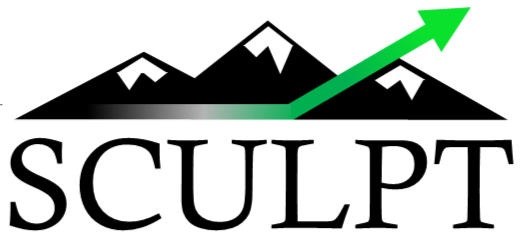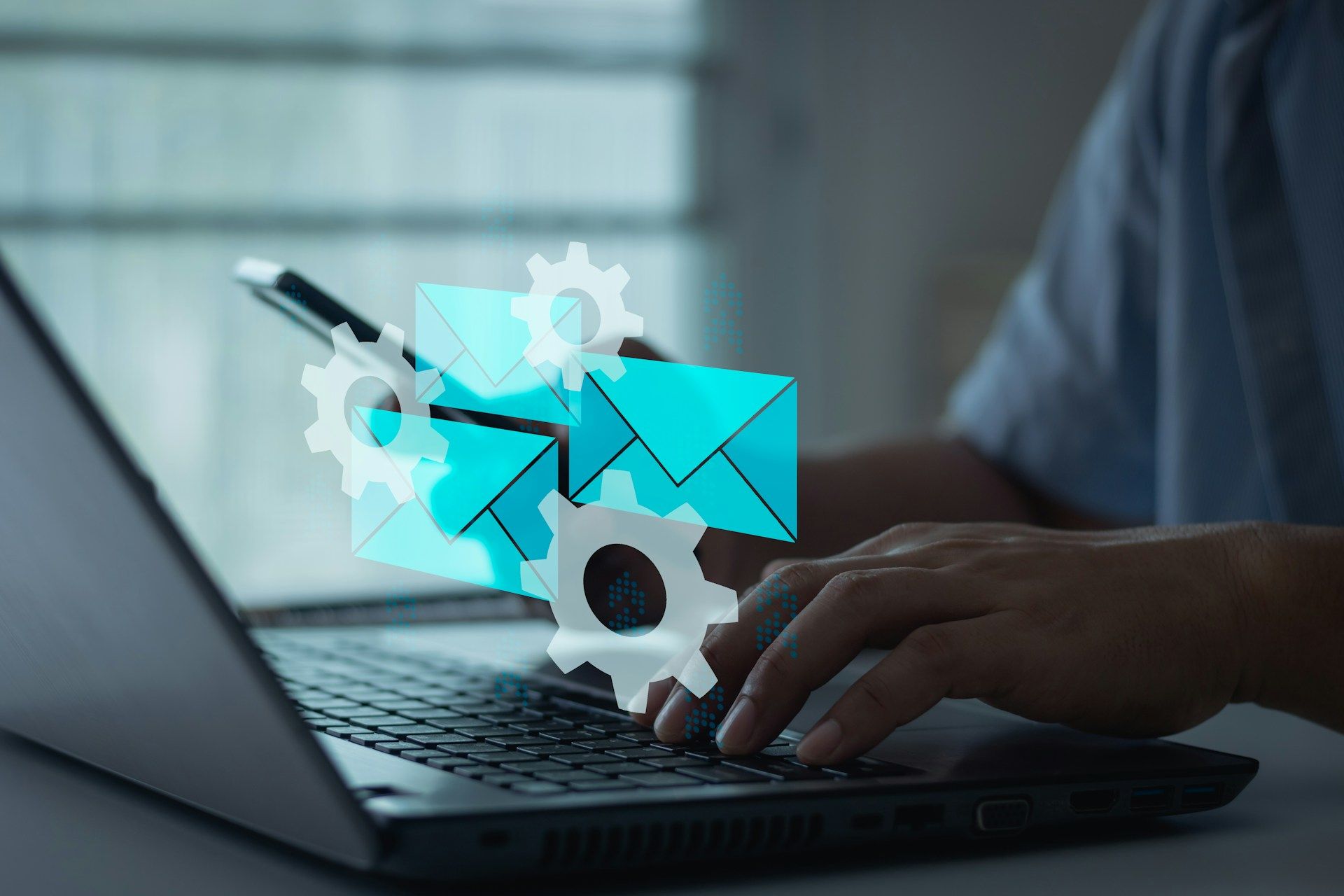Enhancing Customer Engagement with Email Marketing: Strategies for Success
Email marketing remains one of the most powerful and cost-effective digital marketing channels in today's competitive business landscape. By engaging customers with targeted, personalized, and well-timed email communications, businesses of all sizes and industries can build lasting relationships, foster customer loyalty, enhance brand awareness, and ultimately drive growth. In this blog post, we’ll guide you through the process of creating effective email marketing campaigns, implementing strategic tactics to optimize success, and measuring the results to continuously improve your efforts.
1. Craft Compelling Emails that Capture Attention
To truly capture your audience's attention and encourage them to engage with your email content, you must focus on crafting compelling emails from the subject line to the call-to-action. Essential aspects of creating attention-grabbing emails include:
- Curate engaging subject lines that pique curiosity: The subject line is often the deciding factor in whether or not a recipient opens an email. Make it intriguing, personalized, and relevant to your target audience.
- Prioritize your email's visual appeal: Use clean, professional designs and images that align with your brand's aesthetic to visually engage your audience and convey your message effectively.
- Write concise and impactful content: Present your main message and call to action early in the email to grab attention and keep the overall content concise and focused.
- Make your emails mobile-friendly: With the majority of emails being read on mobile devices, ensure your email design and content are easily readable and accessible on smartphones and tablets.
2. Segment Your Email List and Personalize Content
Implementing list segmentation enables you to deliver more targeted and relevant content to your audience, enhancing engagement and effectiveness. Key steps for email list segmentation and personalization include:
- Segment subscribers based on explicit data: Segment your email list based on criteria such as location, age, gender, past purchases, or other demographic and behavioral data.
- Personalize your content and messaging: Tailor email content to your audience's preferences and interests. Use their first name and customize the subject line, images, and offers based on the specific segment they belong to.
- Conduct A/B testing for optimal personalization: Test and analyze different elements of your email campaigns, such as subject lines, images, layout, or content, to help refine your efforts and better target your audience.
3. Leverage Automation for Efficient Engagement
Marketing automation streamlines your email marketing efforts, helping you efficiently engage customers and prospects while saving time and resources. Tips for leveraging marketing automation effectively include:
- Automate welcome emails: Set up an automated email series to engage new subscribers with valuable content and exclusive offers.
- Develop nurturing campaigns: Create automated email campaigns to nurture leads through every stage of the customer journey, from awareness to consideration to decision.
- Schedule timely, trigger-based emails: Configure automated emails to be triggered by specific subscriber actions, such as a completed purchase, abandoned cart, or a page visit, to maintain a high level of engagement.
- Employ drip campaigns for education and onboarding: Use automation to deliver a series of educational or onboarding content to subscribers, helping them learn about your products, services, or company over time.
4. Measure Your Results to Continuously Improve
Monitoring key performance metrics is essential for gauging success and driving improvement in your email marketing efforts. Important metrics to track include:
- Open rate: The percentage of subscribers who opened your email. A high open rate indicates engaging subject lines and a strong sender reputation.
- Click-through rate (CTR): The percentage of recipients who clicked on a link within your email. The higher the CTR, the more effective your content and call to action.
- Conversion rate: The percentage of recipients who completed a desired action after clicking on a link in your email, such as making a purchase or registering for a webinar.
- Bounce rate: The percentage of sent emails that failed to be delivered to recipients, either due to an incorrect email address (hard bounce) or temporary delivery issues (soft bounce).
Regularly analyze these metrics to determine areas of strength and weakness within your email marketing strategy, and make data-driven decisions to propel your campaigns towards success.
Conclusion
By employing strategic tactics such as crafting compelling email content, segmenting your email list for personalized communication, leveraging automation for efficiency, and monitoring performance metrics, your business can take full advantage of the immense potential of email marketing. By fostering strong customer relationships through email, you can drive lasting engagement, build brand loyalty, and ultimately accelerate growth and success.
Embrace the power of email marketing to bolster your digital marketing strategy and establish your business as a trusted, reliable source of information, resources, and solutions for your target audience. As you nurture your customer relationships through this versatile and dynamic channel, watch your business flourish in the digital age.










